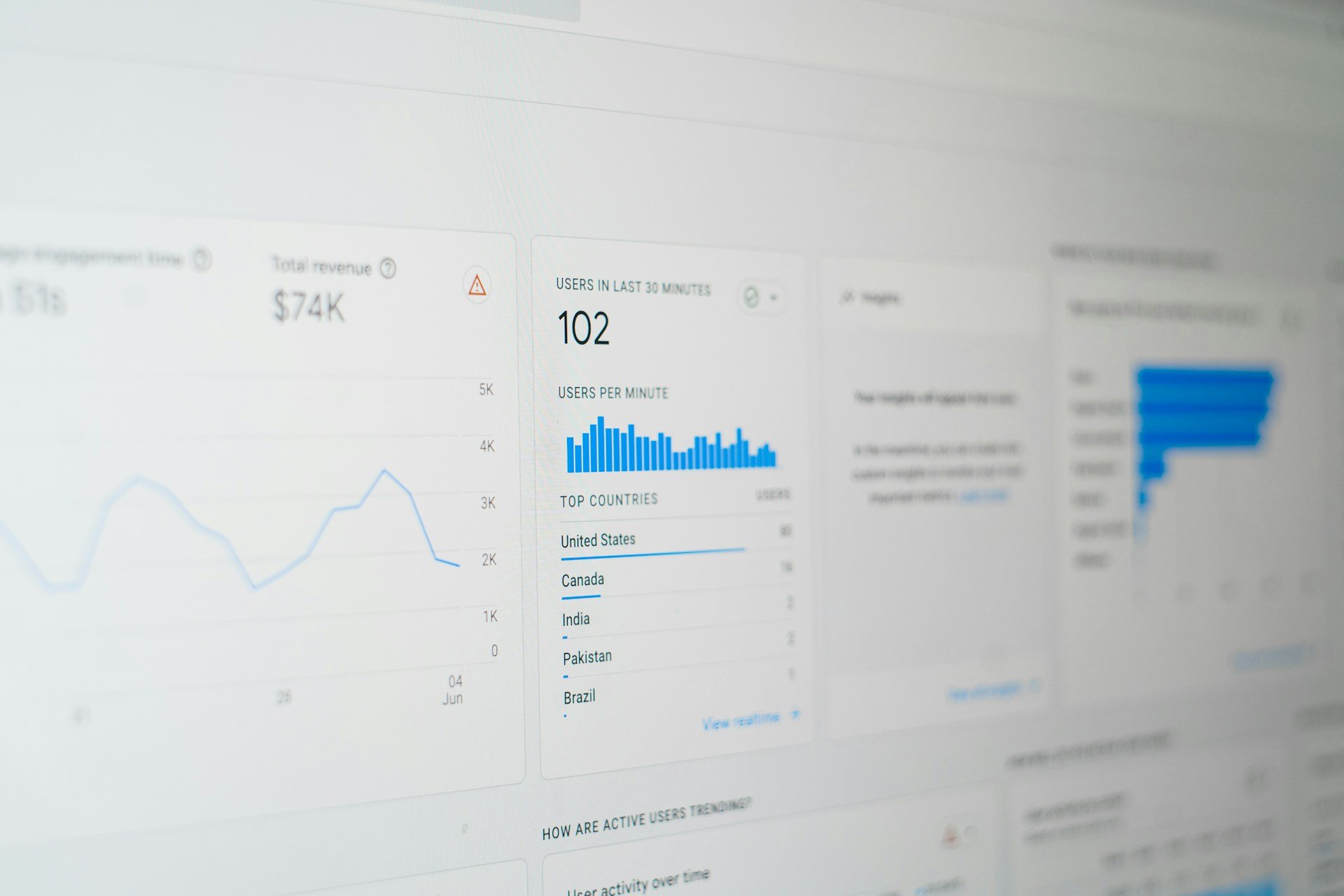What Are Core Web Vitals And How Do They Work?
Core Web Vitals are a set of user-focused performance metrics introduced by Google to evaluate the quality of experience a user has when visiting a website. These metrics are part of Google's page experience signals and directly influence how pages are ranked in search results. In short, they measure how fast, stable, and responsive a web page feels to the user.
Google has identified these core metrics that define a smooth web experience:
Largest Contentful Paint (LCP). This assesses loading performance. It measures how long it takes for the largest piece of visible content, such as a hero image, headline, or banner text, to fully appear in the viewport. A good LCP score is 2.5 seconds or faster. Delays here often stem from unoptimized images, slow servers, or inefficient CSS.
First Input Delay (FID). This evaluates interactivity. It records the time between when a user first interacts with the page (e.g., clicks a button or link) and when the browser begins processing that interaction. A fast response time, ideally under 100 milliseconds, creates a more seamless experience. FID is often affected by JavaScript execution time and heavy third-party scripts.
Cumulative Layout Shift (CLS). This measures visual stability. It tracks how much visible content shifts on the page while loading. A good CLS score is less than 0.1. Unexpected movements, like buttons jumping as ads load, can lead to a frustrating experience and increase the chance of misclicks.
Core Web Vitals are measured using real user data from Chrome User Experience Report (CrUX) or through lab tools such as Google Lighthouse and PageSpeed Insights. These tools help developers and marketers identify exactly which elements are slowing the site down or causing a poor user experience.
For example, consider an e-commerce website experiencing high bounce rates. Upon running a performance audit, the team discovers that the homepage takes 4.2 seconds to load the largest banner image, resulting in a poor LCP score. Additionally, product tiles shift positions as fonts and images load, causing a high CLS score. By compressing images, reducing render-blocking resources, and reserving space for dynamic elements, the team improves load speed and visual stability, leading to better user engagement and improved SEO visibility.
Users expect websites to load quickly, behave predictably, and respond instantly. Core Web Vitals quantify these expectations into actionable data. For businesses, strong Web Vitals mean better user satisfaction, increased time on site, higher conversion rates, and improved search engine rankings. Marketers, designers, and content teams should also be aware of these metrics because they directly impact traffic and engagement. Good design is not enough if performance is poor.


